Home>Gardening & Outdoor>Outdoor Recreation & Activities>How Long Do Trampolines Last


Outdoor Recreation & Activities
How Long Do Trampolines Last
Modified: January 9, 2024
Learn about the lifespan of trampolines and how to extend their longevity. Find tips for maintaining outdoor recreation equipment. Ideal for outdoor-recreation-and-activities enthusiasts.
(Many of the links in this article redirect to a specific reviewed product. Your purchase of these products through affiliate links helps to generate commission for Storables.com, at no extra cost. Learn more)
Introduction
Trampolines have been a beloved source of outdoor fun for decades, providing endless entertainment and a great way to stay active. However, like all equipment, trampolines have a limited lifespan. Understanding the factors that influence a trampoline's longevity and implementing proper maintenance can significantly extend its lifespan. In this comprehensive guide, we'll explore the typical lifespan of trampolines, the factors that affect their durability, maintenance tips for prolonging their lifespan, and the telltale signs that indicate it's time to replace your trampoline.
Whether you're a seasoned trampoline enthusiast or a newcomer to the world of backyard bouncing, knowing how long trampolines last and how to care for them can help you make the most of this enjoyable and exhilarating activity. So, let's dive into the factors that can impact the lifespan of your trampoline and discover practical maintenance strategies to keep it in top condition for years to come.
Key Takeaways:
- Regular maintenance, such as cleaning, UV protection, and safety checks, can help your trampoline last longer and keep you safe while bouncing.
- If you notice wear and tear, unstable parts, or safety issues, it’s time to replace your trampoline for continued fun and safety.
Read more: How Long Do Grills Last
Factors Affecting Trampoline Lifespan
Several key factors play a significant role in determining the lifespan of a trampoline. Understanding these factors can help you make informed decisions when purchasing, using, and maintaining your trampoline. Here are the primary elements that can impact the longevity of a trampoline:
- Quality of Materials: The quality of materials used in the construction of a trampoline is a crucial determinant of its lifespan. High-grade steel frames, durable springs, UV-resistant jumping mats, and robust safety pads contribute to a trampoline’s longevity.
- Weather Exposure: Exposure to harsh weather conditions, such as intense sunlight, heavy rain, and snow, can accelerate wear and tear on a trampoline. UV rays can cause fading and deterioration of the jumping mat and safety pads, while moisture can lead to rust and corrosion of metal components.
- Frequency and Intensity of Use: The frequency and intensity of trampoline usage can impact its lifespan. Regular, moderate use is less taxing on the equipment compared to heavy, frequent use, which can lead to faster wear and potential damage to various components.
- Proper Assembly and Installation: Incorrect assembly and installation can compromise the structural integrity of a trampoline, leading to premature wear and safety hazards. Following the manufacturer’s guidelines for proper setup is essential for ensuring the trampoline’s longevity.
- Weight Limit Compliance: Adhering to the specified weight limits is crucial for preserving the trampoline’s integrity. Exceeding the recommended weight capacity can strain the springs, frame, and mat, potentially shortening the trampoline’s lifespan.
- Maintenance Practices: Regular maintenance, including cleaning, inspections, and minor repairs, can significantly extend the lifespan of a trampoline. Neglecting maintenance tasks can lead to accelerated deterioration and potential safety issues.
By considering these factors and taking proactive measures, such as investing in a high-quality trampoline, implementing proper maintenance routines, and adhering to usage guidelines, you can maximize the lifespan of your trampoline and ensure a safe and enjoyable experience for all users.
Maintenance Tips for Extending Trampoline Lifespan
Proper maintenance is essential for preserving the longevity and safety of your trampoline. By implementing regular maintenance practices, you can extend its lifespan and ensure a secure and enjoyable bouncing experience for years to come. Here are some valuable maintenance tips to help you care for your trampoline:
- Regular Inspections: Conduct routine inspections of the trampoline’s frame, springs, mat, and safety enclosure to check for signs of wear, damage, or deterioration. Look for loose or missing components, tears in the mat, and rust on metal parts.
- Cleaning and Debris Removal: Keep the trampoline clean by regularly removing debris, such as leaves, twigs, and dirt, from the jumping mat and safety pads. Use a soft brush or cloth to gently clean the surface and remove any accumulated debris.
- UV Protection: Apply a UV-resistant treatment to the jumping mat and safety pads to protect them from sun damage and fading. This can help prolong the lifespan of these components, especially in regions with intense sunlight exposure.
- Spring Tension Checks: Periodically inspect the tension of the trampoline springs to ensure they are properly tensioned and securely attached. Loose or damaged springs should be promptly replaced to maintain optimal performance and safety.
- Weatherproofing: During periods of inclement weather, such as heavy rain or snow, consider using a weatherproof cover or storing the trampoline indoors to prevent unnecessary exposure to moisture and harsh elements.
- Frame Maintenance: Check the trampoline’s frame for signs of rust or corrosion, especially at connection points and joints. Apply rust-resistant coatings or paint to protect the frame from deterioration caused by moisture and oxidation.
- Safety Enclosure Inspection: Ensure that the safety enclosure netting and poles are intact and securely fastened. Any tears or damage to the enclosure should be promptly repaired to maintain a safe jumping environment.
- Proper Use and Supervision: Educate users about safe trampoline practices, including adhering to weight limits, avoiding rough play, and prohibiting the use of shoes on the trampoline. Supervise children and ensure that proper jumping techniques are observed to minimize unnecessary strain on the equipment.
By incorporating these maintenance tips into your trampoline care routine, you can significantly prolong its lifespan, promote user safety, and preserve the quality and performance of the equipment. Consistent maintenance efforts will contribute to a durable and reliable trampoline that continues to provide endless hours of outdoor fun.
Regular maintenance and proper care can help extend the lifespan of a trampoline. Keep it clean, check for wear and tear, and replace any damaged parts promptly. Store it indoors during harsh weather to prevent deterioration.
Signs It’s Time to Replace Your Trampoline
While proper maintenance can extend the lifespan of a trampoline, there comes a time when replacing the equipment is necessary to ensure continued safety and performance. Recognizing the signs that indicate it’s time for a new trampoline is crucial for preventing potential hazards and maintaining an enjoyable bouncing experience. Here are the key indicators that suggest it’s time to replace your trampoline:
- Visible Wear and Tear: Inspect the trampoline for visible signs of wear, including fraying or tearing of the jumping mat, worn-out or damaged safety pads, and rust or corrosion on the frame and springs. Extensive wear and tear can compromise the trampoline’s structural integrity and safety.
- Unstable Frame or Components: If the trampoline frame or components exhibit noticeable instability, such as excessive wobbling, bending, or shifting during use, it may indicate structural fatigue or damage. Unstable frames pose a significant safety risk and should prompt consideration for replacement.
- Weakened Springs: Over time, trampoline springs can lose their elasticity and tensile strength, resulting in reduced bounce performance and potential safety hazards. If the springs appear stretched, deformed, or lack resilience, it’s advisable to replace them or consider a new trampoline.
- Safety Concerns: Any safety-related issues, such as damaged or torn safety enclosures, compromised netting, or loose and unstable poles, warrant immediate attention and potential replacement of the trampoline. Safety should always be a top priority when using trampolines.
- Excessive Noise or Squeaking: Unusual sounds, such as excessive creaking, squeaking, or metal-on-metal grinding during bouncing, may indicate mechanical stress, worn components, or structural fatigue. These noises can signal potential safety risks and the need for a new trampoline.
- Manufacturer’s Recommendations: Consider the manufacturer’s suggested lifespan for the trampoline and evaluate its age and usage history. If the equipment has exceeded its expected lifespan or has undergone extensive use, it may be time to invest in a replacement for optimal safety and performance.
When any of these signs are evident, it’s essential to prioritize safety and consider replacing the trampoline to prevent potential accidents and maintain a secure and enjoyable outdoor activity. By recognizing these indicators and taking proactive steps to address them, you can ensure a safe and reliable trampolining experience for yourself and your family.
Conclusion
Trampolines offer a wonderful way to enjoy outdoor recreation and physical activity, providing entertainment for individuals of all ages. Understanding the factors that influence trampoline lifespan, implementing effective maintenance practices, and recognizing the signs that indicate the need for replacement are essential for maximizing safety and enjoyment.
By acknowledging the impact of material quality, weather exposure, usage intensity, proper assembly, weight limit compliance, and maintenance routines on a trampoline’s longevity, users can make informed decisions to prolong its lifespan and optimize performance. Investing in a high-quality trampoline, adhering to weight limits, and following manufacturer guidelines for assembly and use are fundamental steps in preserving the equipment.
Furthermore, maintaining a trampoline through regular inspections, cleaning, UV protection, spring tension checks, weatherproofing, frame maintenance, and safety enclosure inspections can significantly extend its lifespan and promote a safe bouncing environment. Educating users about safe trampoline practices and supervising their activities are also critical for preventing unnecessary strain on the equipment.
Recognizing the signs that indicate it’s time to replace a trampoline, such as visible wear and tear, unstable components, weakened springs, safety concerns, excessive noise, and adherence to manufacturer recommendations, is crucial for ensuring continued safety and performance. Prioritizing safety and promptly addressing these indicators can help maintain a secure and enjoyable trampolining experience.
In conclusion, by understanding the lifespan factors, implementing effective maintenance practices, and recognizing the signs that signal the need for replacement, trampoline owners can prolong the lifespan of their equipment and continue to delight in the exhilarating and active pastime of trampolining for years to come.
Frequently Asked Questions about How Long Do Trampolines Last
Was this page helpful?
At Storables.com, we guarantee accurate and reliable information. Our content, validated by Expert Board Contributors, is crafted following stringent Editorial Policies. We're committed to providing you with well-researched, expert-backed insights for all your informational needs.
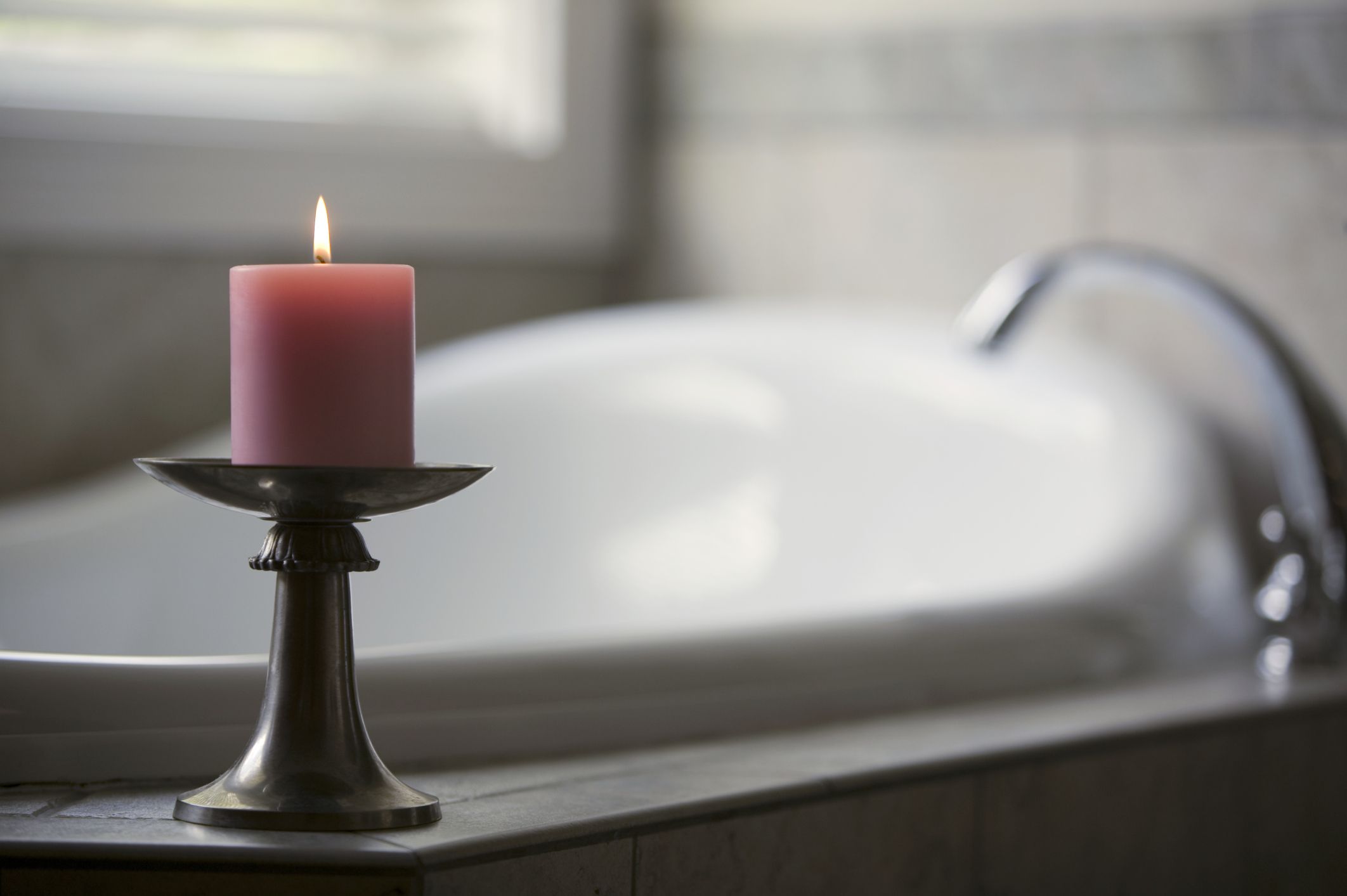


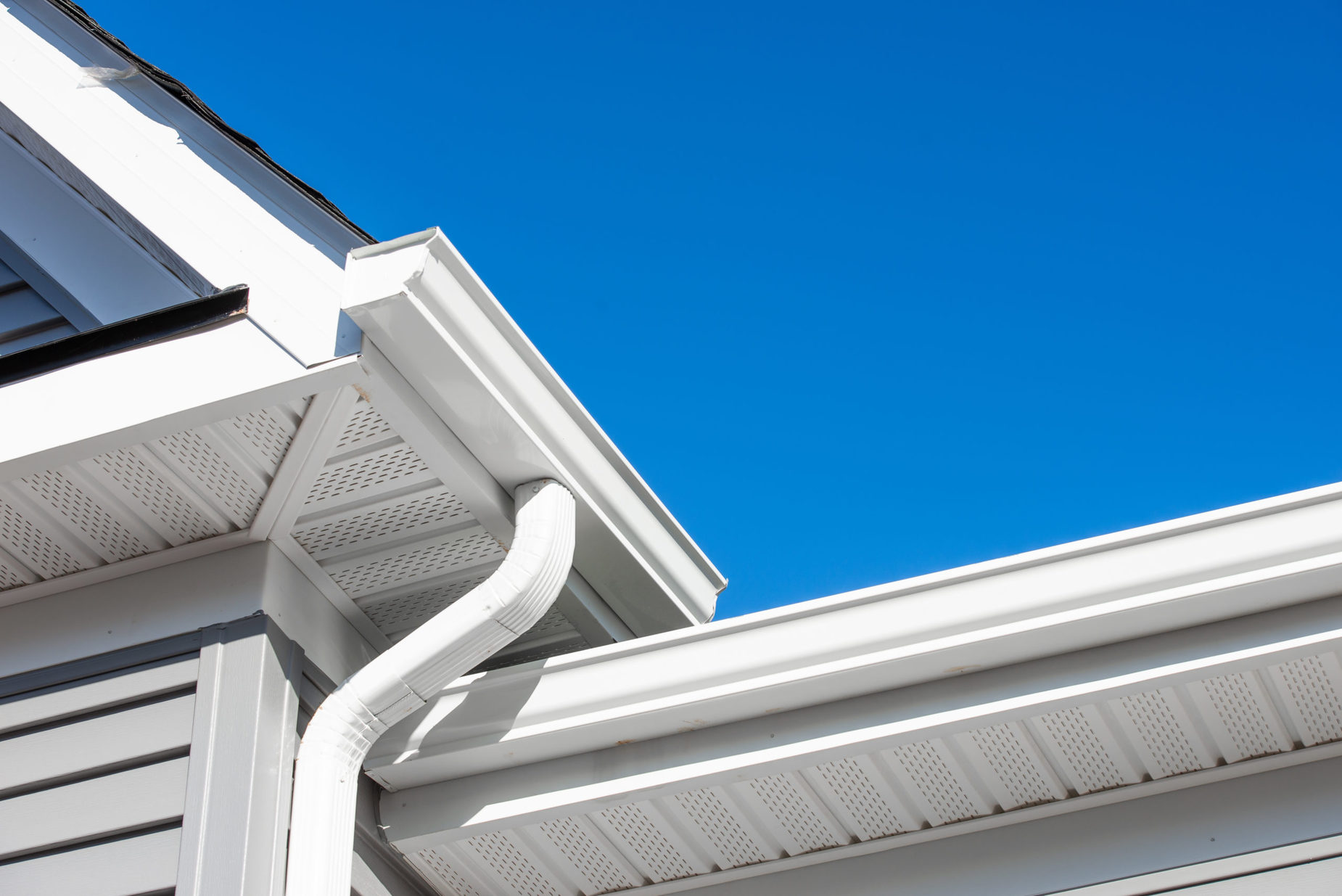
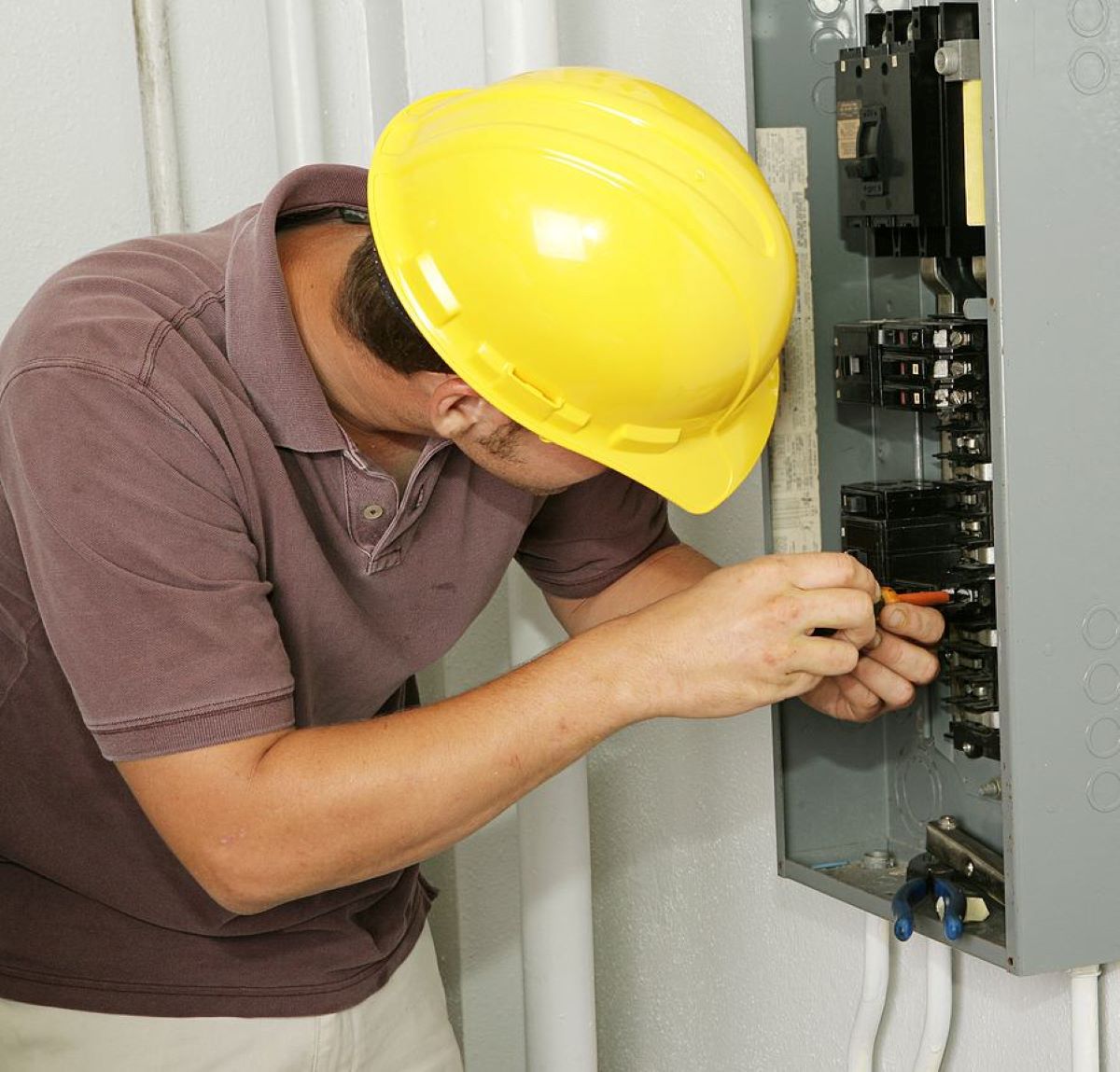
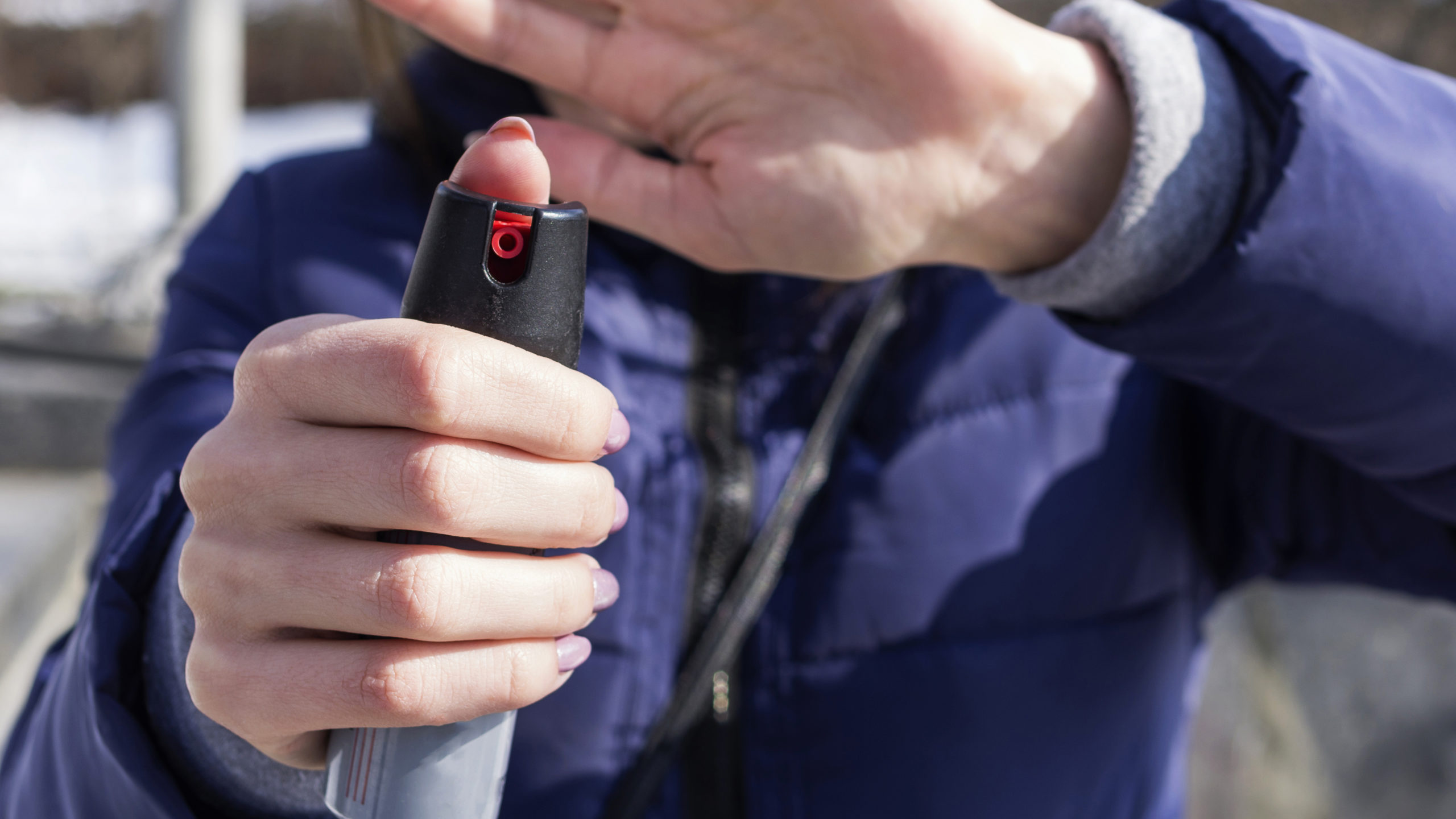

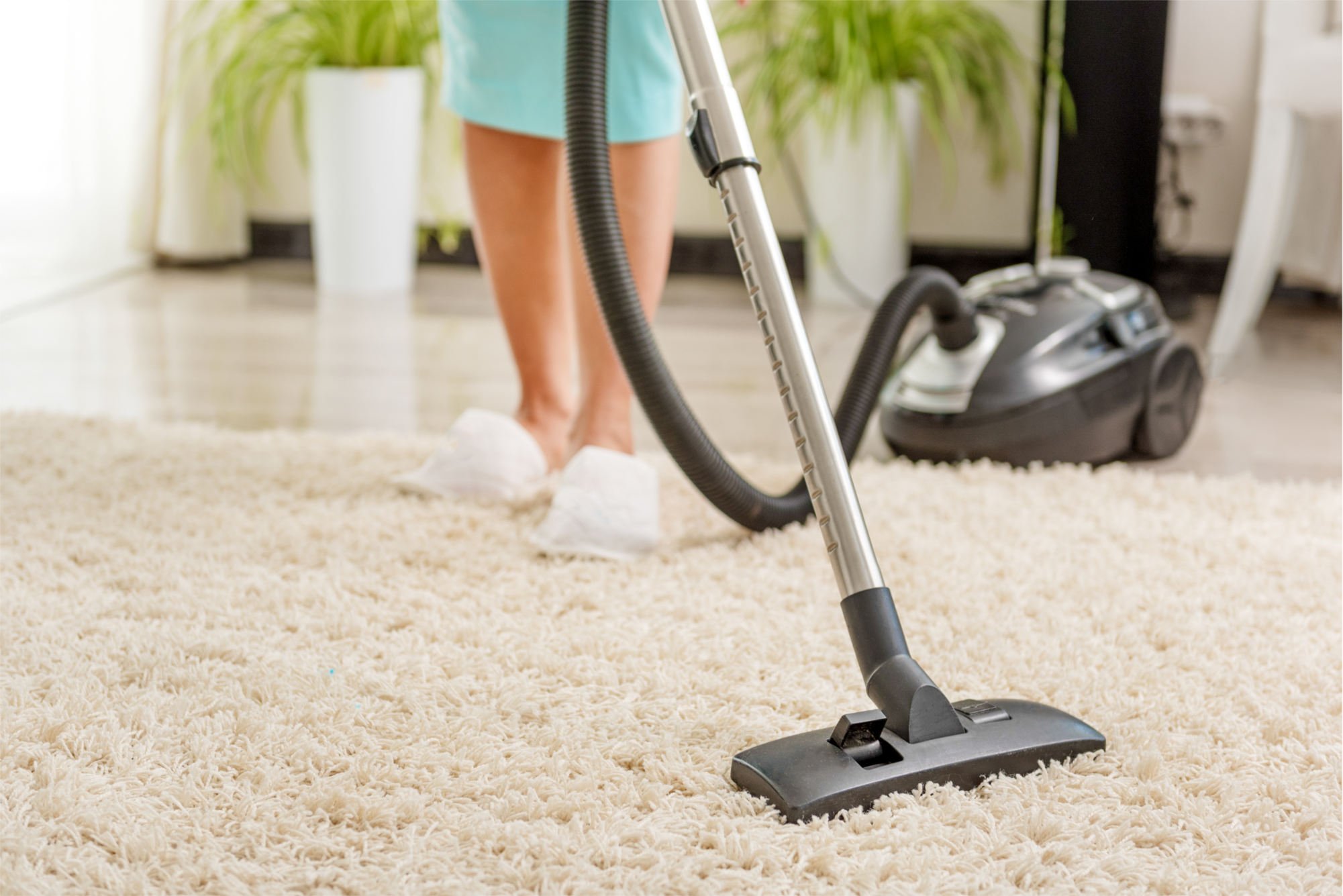
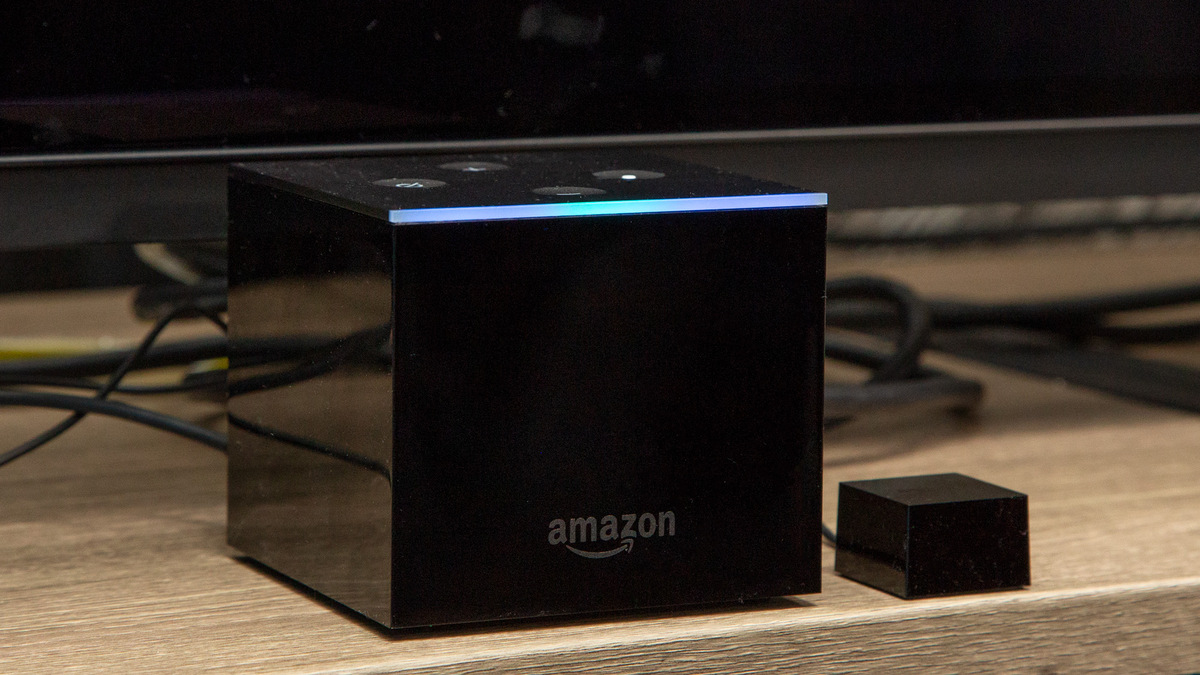







0 thoughts on “How Long Do Trampolines Last”